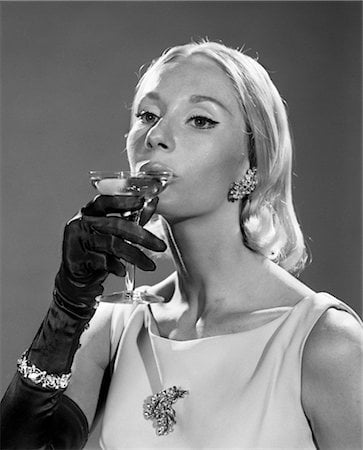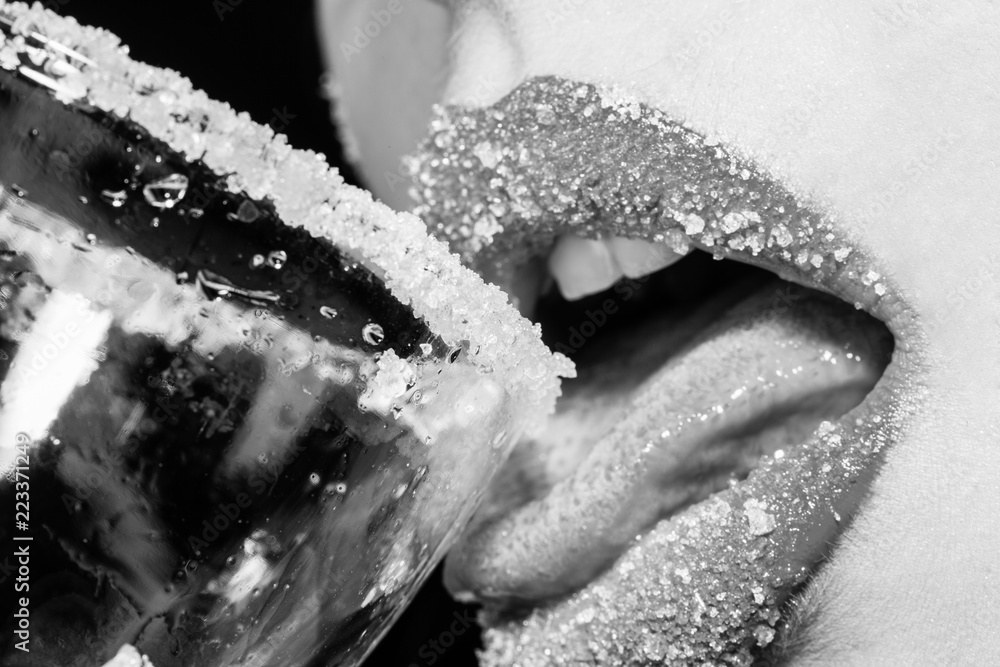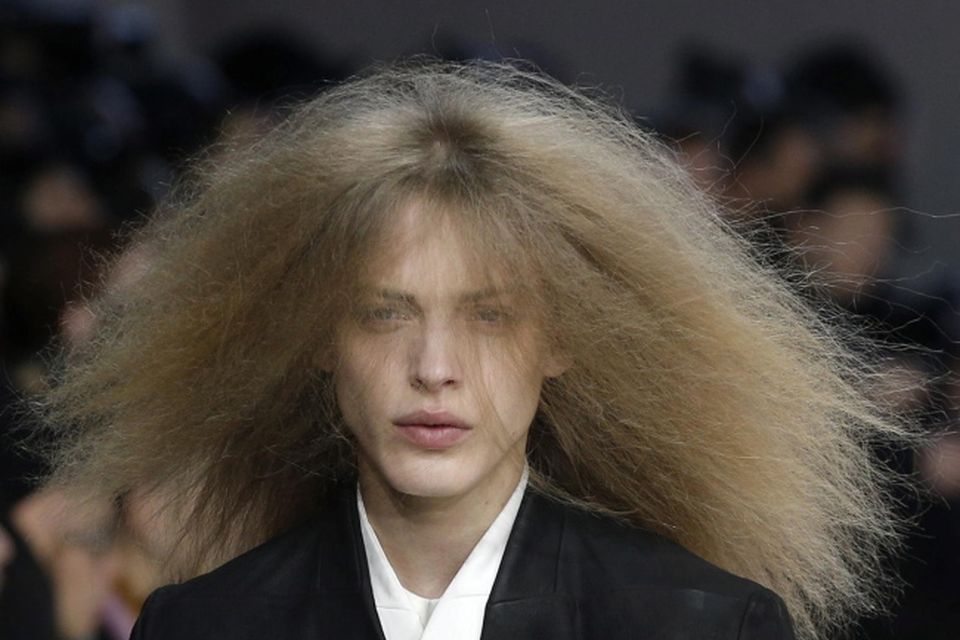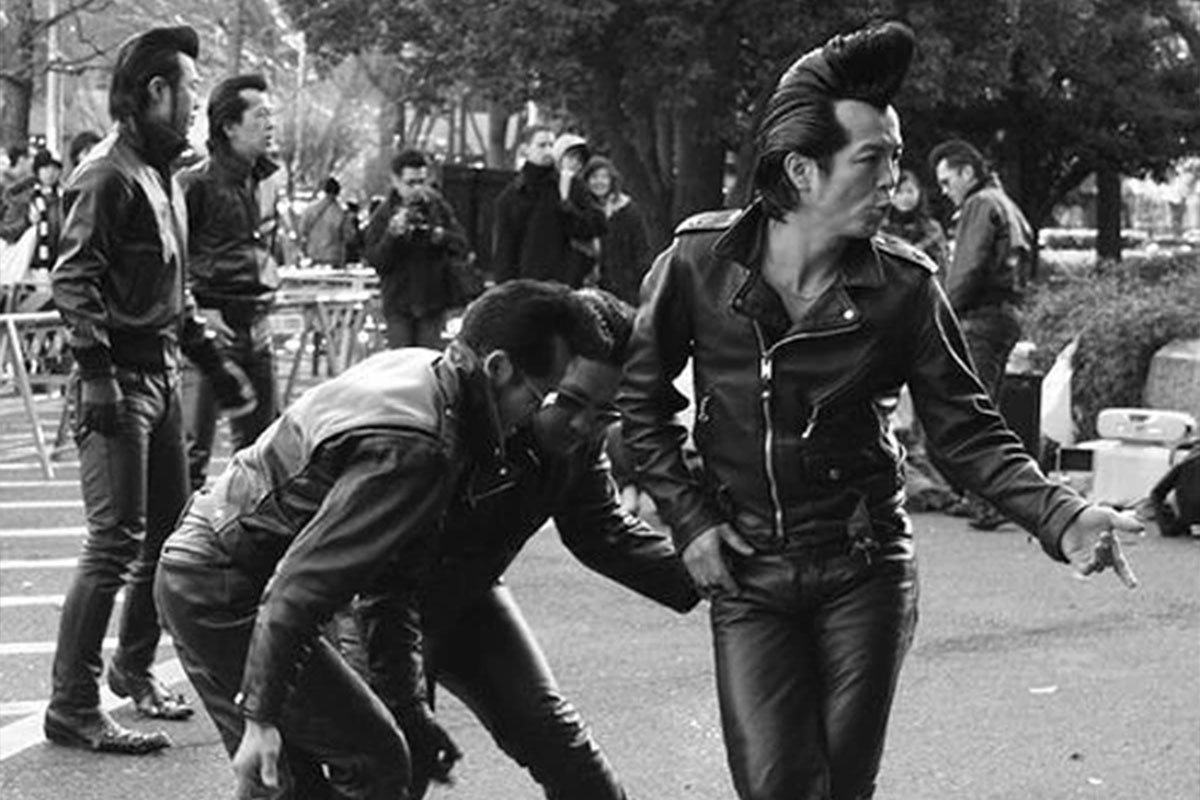
Cetearyl alcohol is a regular on beauty ingredient lists. It sounds a bit scary, after all, we generally think of alcohol as a harmful substance that is dehydrating and fumey, except for when it is combined into a delicious cocktail.
We can all be a bit judgy about ingredients these days. The fact that Cetearyl alcohol is a Fatty Alcohol doesn’t make it sound any more endearing as an ingredient, but if you think this is run-of-the-mill alcohol (I’m talking about ethanol) that is going to dry out your skin, make your hair crunchy or ruin your curl pattern get ready for some shocks.
It’s natural, seriously
Cetearyl alcohol is a chemical compound with a silky slightly waxy texture and can be naturally derived from coconut oil, soy or vegetable oil as well as being whipped up in lab.
A buddy to active ingredients
One of the main jobs of cetearyl alcohol in a skin or hair product is to prevent the other ingredients from separating, plus it is a topical penetration enhancer which means it’s helping those expensive actives to do their jobs and your skin and hair to get the maximum benefit from all the other ingredients.
A fatty moisture trap
This is where the ‘fatty’ part comes in. A very long chain of hydrocarbons (fats) act as an emollient on skin and hair and can be really effective for treating dry skin. Cetearyl Alcohol is derived from oils after all. That smooth soft feeling is achieved by forming an oily layer on the skin or hair to keep moisture in and provide a barrier to bacteria. Basically, it’s a fatty moisture trap that is operating at a very light molecular weight.
Curly hair approved
Cetearyl Alcohol has a whopping 16 carbon chain and the higher the carbon chain the higher the lubrication and that translates to high shine and less dreadlocks. It also minimises moisture loss to support elasticity in curly hair and reduce frizz. It is AOK to include this ingredient in your curly hair routine.
Oily hair not so much
If you experience oily roots you might want to stay away from this ingredient as it’s not a lovely combination. Fatty alcohols can mix with sebum on the scalp and create a sticky, greasy coating giving your hair a stringy appearance. Yuck.

Practical magic
In your beauty products Cetearyl Alcohol is commonly used as a thickening ingredient and to combine oil and water-based ingredients into a silky and easily applied lotion or butter. In shampoo it can improve the foaming action which we all seem to be so addicted to.
What about acne?
Probably best to avoid if you are experiencing acne and definitely avoid if Cetearyl alcohol is combined with cetearyth 20 alcohol or isocetyl alcohol as this combo is known to be comedogenic and clog up pores.
Also Known As
Fatty Alcohols come in many forms and are sometimes even combined into new compounds. Cetearyl Alcohol is actually a combo of Stearyl Alcohol and Cetyl Alcohol. Other fatty alcohols include Lauryl, Oleyl, Behenyl, Myristyl. Behenyl is the holy grail with a carbon chain of 22.
Safety rules
- Allergy to Cetearyl alcohol is a thing but very uncommon.
- People with sensitive skin might like to do a patch test or grab a sample before going all in.
- It is non-mutagenic which means it does not affect or alter DNA
- Safe for use in your daily routine
The best news is that you def don’t need to throw out everything in your beauty cabinet with the word alcohol on the ingredient list. Phew. $$$


